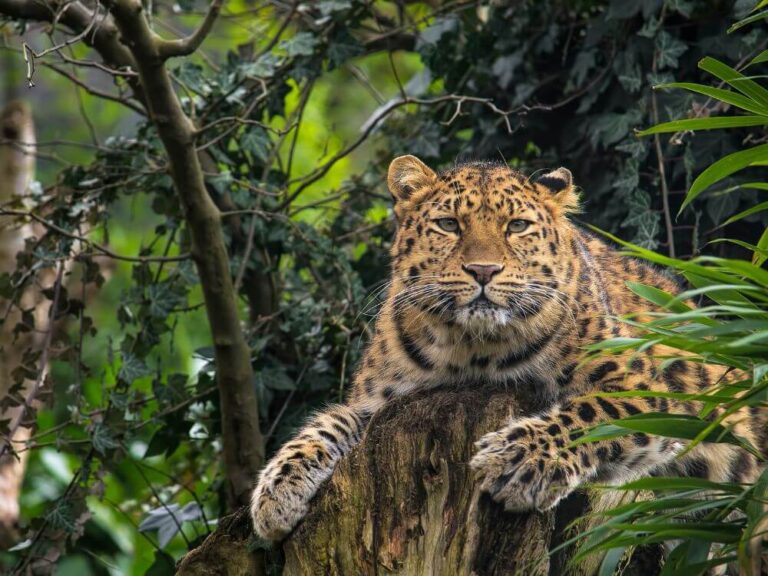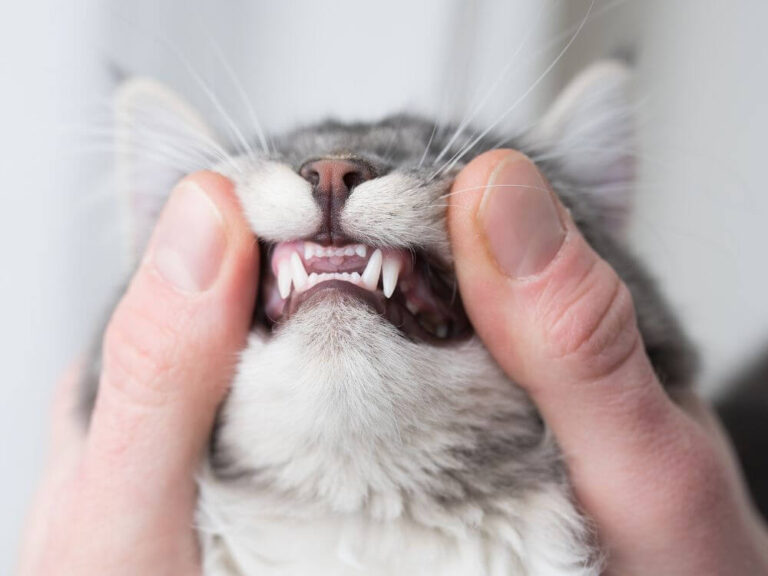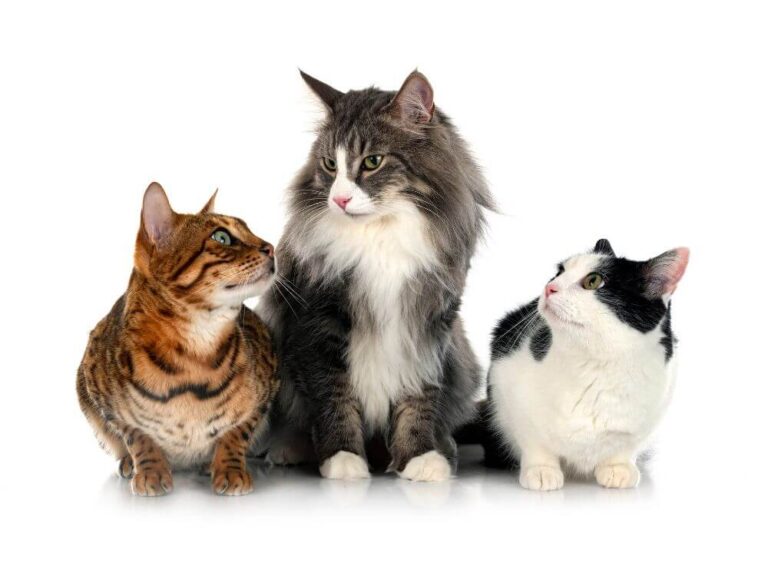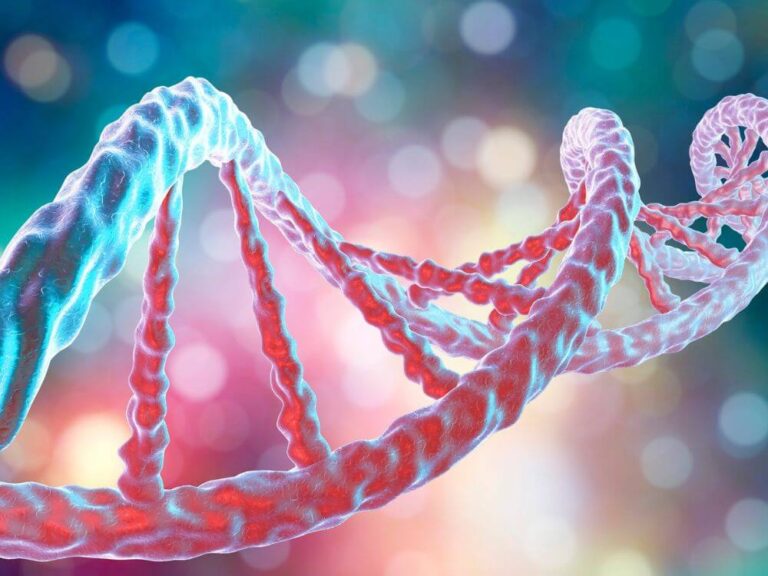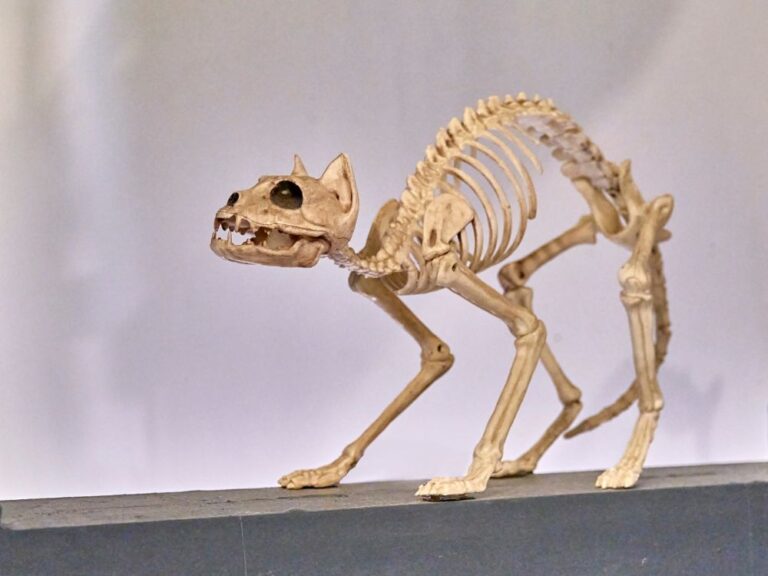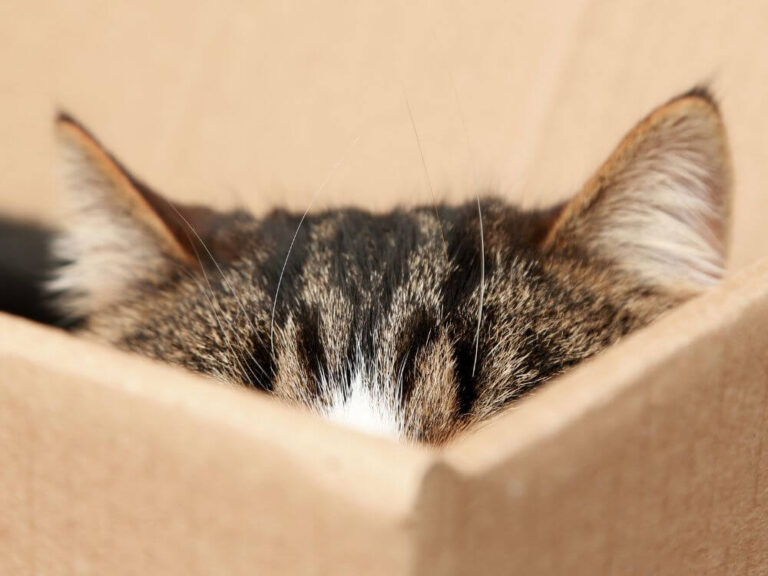The Origins of Cat Breeds: How Different Breeds of Cats Evolved
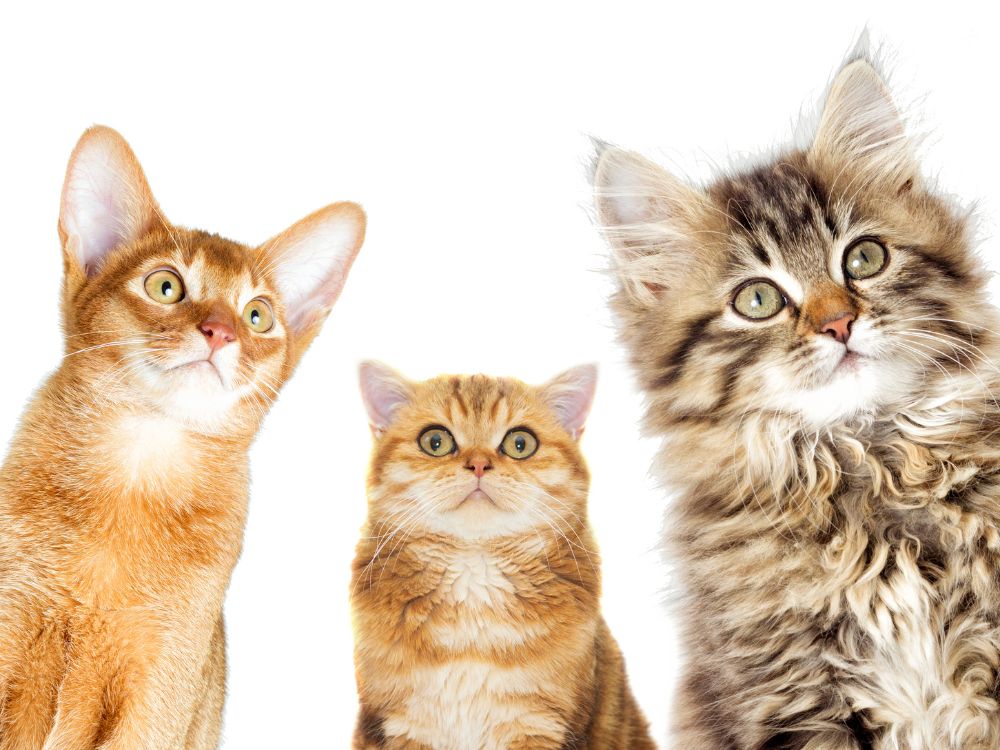
The diversity among cat breeds is both vast and fascinating, with each breed having a unique history. Each breed also carries distinct characteristics. Understanding how breeds of cats evolved reveals the intricate relationship between humans and felines. This evolution reflects the impact of geography, climate, and human intervention on developing these distinct breeds.
The Early Beginnings: Wild Ancestors and Natural Selection
The domestic cat, Felis catus, shares its ancestry with the wildcat species Felis silvestris. Thousands of years ago, wildcats began associating with human settlements, particularly in the Fertile Crescent, where agriculture first developed. These early cats likely lived on the periphery of human communities, drawn by the abundance of rodents attracted to stored grain. Over time, a mutually beneficial relationship formed; humans appreciated the cats for their pest control abilities, while the cats enjoyed a reliable food source.
Natural selection played a significant role in the early evolution of what would become domestic cat breeds. Cats that were more tolerant of humans thrived, leading to the gradual domestication of these animals. However, the physical differences between early domestic cats and their wild ancestors were minimal. It was only later, with the advent of selective breeding, that distinct cat breeds began to emerge.
The Role of Geography and Climate
Geography and climate have significantly influenced the development of various cat breeds. For example, the Norwegian Forest Cat evolved in the cold climates of Scandinavia. Its dense, water-repellent fur and sturdy build made it well-suited to survive harsh winters. Similarly, the Siamese cat, originating from the warmer climates of Thailand (formerly Siam), developed a sleek, short coat that was better suited for hot weather.
In regions where cats lived in isolation, distinct breeds developed naturally over time. For example, the Japanese Bobtail evolved in Japan with its unique short, kinked tail, without external influence. In contrast, European cats, exposed to more human migration and trade, developed mixed traits leading to breeds like the British Shorthair.
Human Influence and Selective Breeding
The most significant changes in cat breeds occurred due to human intervention through selective breeding. This process began in earnest during the 19th century when cat fanciers started breeding cats for specific traits such as coat color, fur length, and body shape. Selective breeding allowed for the enhancement of certain characteristics, leading to the development of the breeds we recognize today.
For example, breeders developed the Persian cat to enhance its long, luxurious coat and flat face. Similarly, the Sphynx cat, known for its hairless appearance, was bred for this unique trait from a genetic mutation.
Selective breeding also led to the refinement of behavioral traits. Breeders selected cats with particular temperaments, leading to breeds with distinct personalities. The Ragdoll, for example, is known for its docile and affectionate nature, a trait that has been carefully nurtured through generations of selective breeding.
The Rise of Hybrid Breeds
In more recent times, hybrid breeds of cats have become increasingly popular. These breeds result from crossing domestic cats with wildcat species to achieve specific physical or behavioral traits. One of the most famous examples is the Bengal cat, a cross between a domestic cat and an Asian leopard cat. The Bengal cat combines the striking, natural look of its wild ancestors with the adaptable temperament of a domestic cat.
Another example is the Savannah cat, a hybrid between a domestic cat and a serval, an African wildcat. The Savannah cat is known for its large size, spotted coat, and high energy levels. These hybrid breeds often require special care and attention due to their wild ancestry, making them better suited for experienced cat owners.
The Diversity of Modern Cat Breeds
Today, the Cat Fanciers’ Association (CFA) and other feline organizations recognize over 70 different cat breeds, each with its own unique set of characteristics. These breeds range from the elegant and slender Siamese to the robust and muscular Maine Coon. Some breeds, like the Scottish Fold, are known for their distinctive physical traits, such as folded ears, while others, like the Abyssinian, are celebrated for their lively and playful personalities.
The diversity of cat breeds reflects not only the varied environments in which cats have lived but also the diverse tastes and preferences of cat owners throughout history. Each breed represents a different chapter in the story of feline evolution and domestication, showcasing the incredible adaptability and variety within the species.
The Future of Cat Breeds
The development of new cat breeds will likely continue, driven by natural processes and human intervention. Advances in genetics and better understanding of feline biology may create new breeds with unique traits. However, breeders must approach this with caution and responsibility, prioritizing the health and well-being of cats.
The history of cat breeds is a testament to the enduring bond between humans and cats. As we share our lives with cats, their diversity will grow, adding new chapters to their evolutionary story.
Conclusion
The evolution of cat breeds is a complex and fascinating journey shaped by natural selection, geography, and human influence. From the wild ancestors that first joined ancient human settlements to today’s carefully bred show cats, each breed reveals a tale of adaptation and companionship. By appreciating each breed’s unique qualities, we celebrate the incredible diversity within the world of cats.

